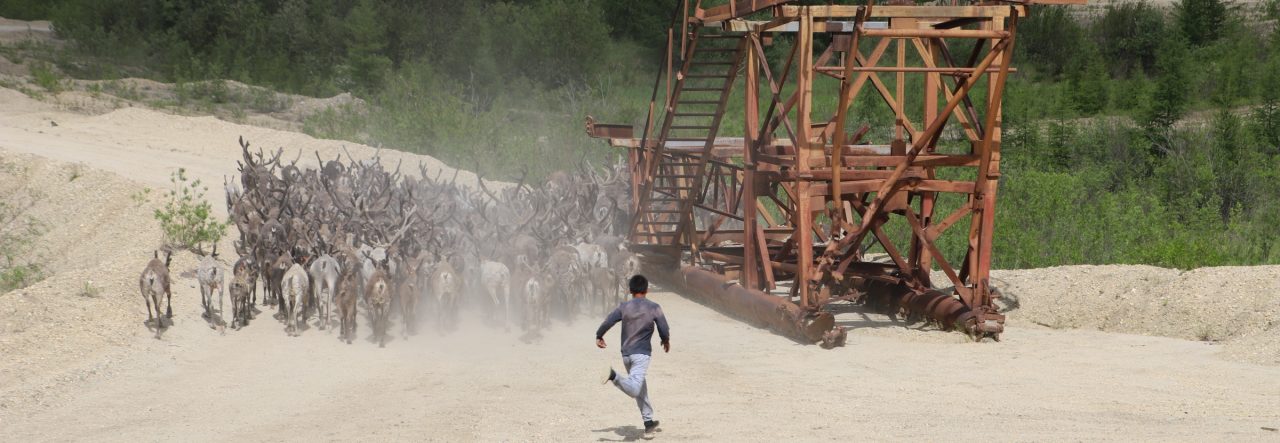Anybody who has moved on a sledge, or even snowmobile, in spring in the Arctic, knows the answer to that question.

I just got reminded of that when I went on skis from home to work in the morning, and realised how it took only half of the time that it took in winter! And even without sweating soaking wet!
This is where all the sophisticated talks about traditional environmental knowledge as an intellectual capacity, as a system, becomes so trivial: Tim Ingold (2000, perception of the environment, and publications thereafter) was right: it’s all about the “human-agent-in-the-environment”. Practice the movement, and you feel the “traditional knowledge”, which will seem to you just perfect common sense rather than something only culturally embedded sophisticated.
When you have snow that melted from the top during the daytime, then froze over at night, so form a solid crust, which then starts melting in the morning again from the very top for some milimetres: that’s the perfect condition for moving! It’s not wet and sticky like during daytime, and it’s not too slippery as during nighttime. The hoofs of reindeer, or skis, or your shoes get perfect grip from that thin soft layer, and yet you don’t sink in because below this is the solid frozen crust.

I remember well when we were moving up north in Yamal (West Siberia) in April with friends Tokcha Khudi and Anatoli Tynzikovich Vanuito, rushing in order to cross the big Yuribei River before it breaks up. We would sleep long in the morning, then pack up the camp at daytime while it was nice, sunny, warm, and the snow was melting, letting the reindeer graze in the soft snow while it was warm.
Then in the evening when it was freezing over we would start migrating, still enjoying the daylight, as the days get longer and longer so fast in April. And we would move long distances over the perfect snowcrust. Moving at night is even more important then, as the long sledge caravans are packed with all the food supplies that the entire camp needs between April and October, meaning around 500 kg bread alone (See Stammler 2005: 91-100)! If you have the choice, why would you drag this through wet snow? To me this seems knowledge just born out of practice, of common sense, out of human agency on the land, practical interaction with it sensu Ingold.

And you would notice how the mood of spring, the anticipation of a hopefully successful calving, the emotions of waking up after a long winter, all that would turn the atmosphere into a kind of euphoria.
Quoted lit:
Ingold, T. (2000). The perception of the environment: essays on livelihood, dwelling and skill. London: Routledge.
Stammler, F. (2005). Reindeer nomads meet the market: culture, property and globalisation at the end of the land (Vol. 6). Muenster: Lit Verlag.

Reblogged this on POLAR LINE and commented:
I have never reblogged anything, but this charming article at my favorite blog Arctic Anthropology might be of interest 🙂 Enjoy!